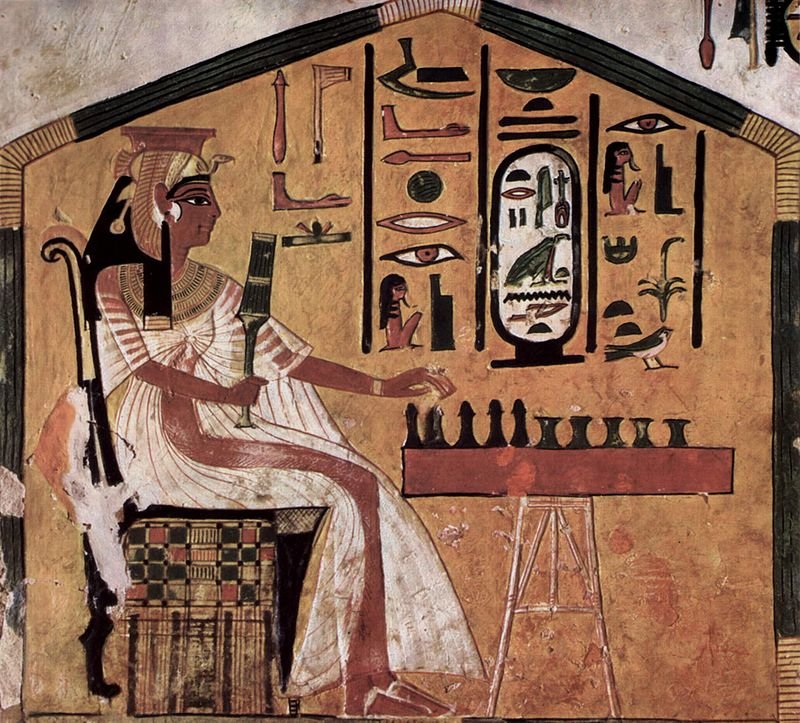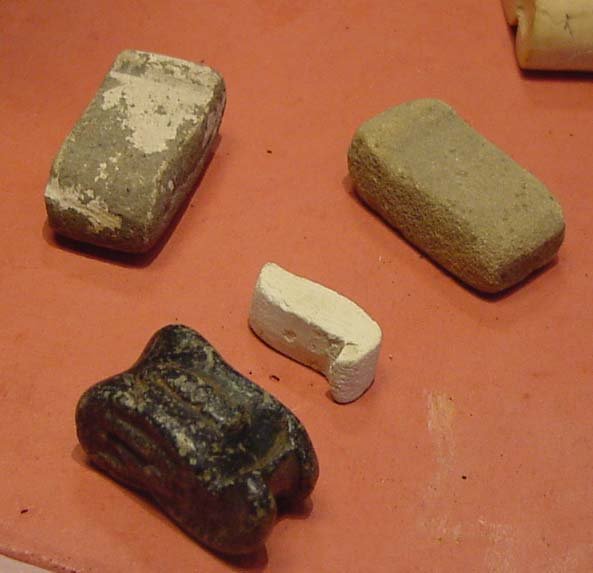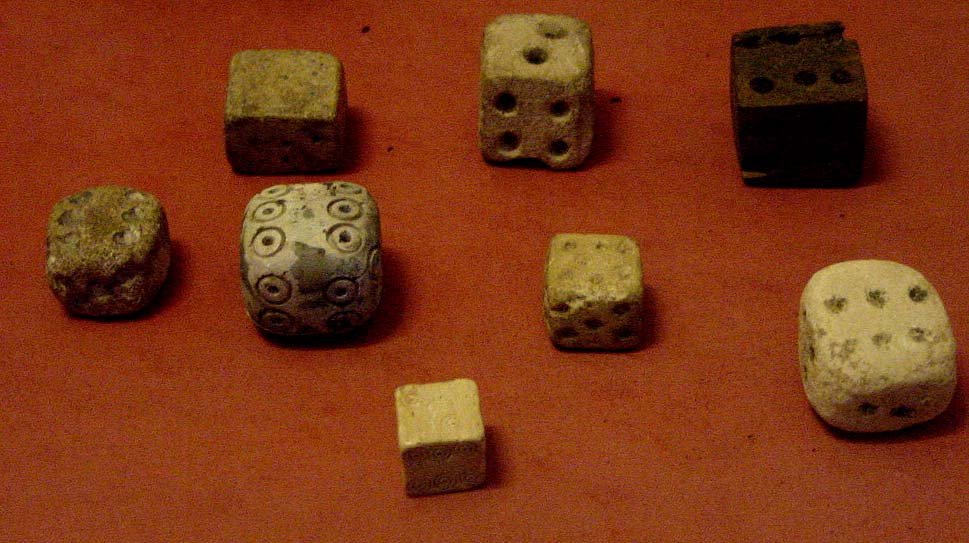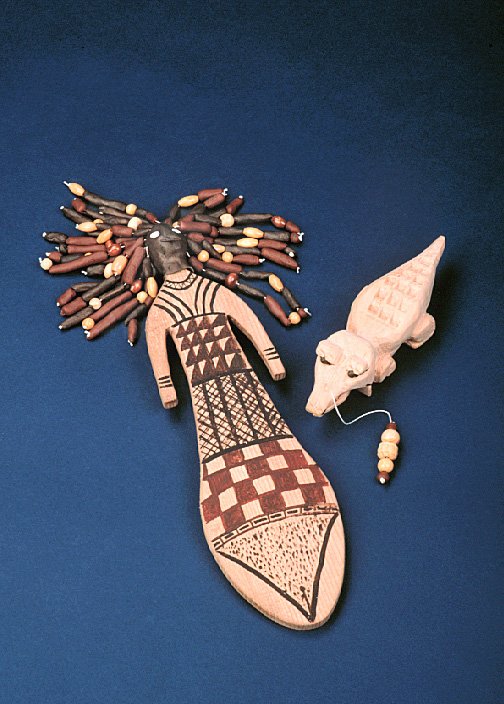Ancient Egyptian Toys And Games In Focus
Ellen Lloyd - AncientPages.com - Ancient Egyptians did not differ much from us when enjoying playing with toys and games. Board games were widespread in ancient Egypt, and people from all levels of society played them.
Archaeologists have discovered many board games used in ancient Egypt, but no explaining rules on how to play the games have survived. So, we have only guessed how the games were played. Some ancient Egyptian games were traditional African games, and others were learned from West Asian neighbors.
Ancient Egyptian Game Of Senet And Other Board Games
The Senet that translates to “game of passing” was ancient Egypt's most popular game board. The oldest hieroglyph representing a Senet game dates to around 3100 BC. The original rules of the Senet are unknown because no records of the rules have ever been discovered. With the help of images found on ancient tomb walls and actual artifacts, some have attempted to reconstruct the rules.
Based on what we know, the game of Senet was played by two people, either on elaborate carved and inlaid boards like the one found in Tutankhamen’s tomb or simply scratched into the earth. The Senet gameboard is a grid of 30 squares, arranged in three rows of ten.
A game box and pieces for playing the game of Senet found within the intact KV62 tomb of King Tutankhamun. This object is today part of the permanent collection of the Cairo Museum of Egypt. This photo was taken at the King Tut exhibition at the Pacific Science Center in Seattle, Washington State, USA. Image credit: Dmitry Denisenkov
Some of the squares had symbols on them, and the path of the counters probably followed a reversed S across the board. The symbols represented either good or bad fortune and affected the play accordingly. The movement of the counters was decided by throwing four two-sided sticks or, in some cases, knucklebones.
Good luck was a blessing from the gods, and the winner was the first to pass into the afterlife by getting all their pieces off the board.
Painting in the tomb of Egyptian Queen Nefertari (1295–1255 BC).
Another board game thought to have come from Asia was twenty squares. Several boards have been discovered, and it is known that the game was played by two players using five pieces, but just as in the case with the Senet board game, the rules of this game are now lost.
Ancient Egyptians also played with knucklebones.
There were several games that more than two people could play. In the game of "snake" (mehen), up to six people could play. It used a long field scratched out on the floor and stone pieces in the shape of dogs, lions, and balls that were moved along it. In yet another game, pegs with their tops shaped into dogs, jackals, and other animals were stuck into a row of 30 to 60 holes drilled into the board.
Ancient Egyptian dice. Image credit: Louvre Museum
Ancient Egyptian Toys For Kids
Ancient Egyptian children played different games with balls and dice, but they also had several toys, and some of them were very complex. Balls were made out of papyrus or leather, with straw stuffing. When horses were introduced to Egypt, horsehair was used for various games, including juggling.
Many fine examples of wooden and clay mechanical string toys have been found in the tombs of Ancient Egypt. The original of this particular wooden crocodile is believed to be from 1100 BCE and is on exhibit at the East Berlin Museum.
Some anthropologists believe these "toys" to be funerary objects placed in tombs to protect people in their next lives. The crocodile was a creature feared by many Egyptians and was commonly mummified and used to symbolize the god Sebek. The paddle doll, also from Ancient Egypt, is on display in the British Museum. The doll's hair is of sun-baked clay strung on flax thread. The doll's body is of wood and decorated with fertility motifs common to that era.
There are also many great examples in the Metropolitan Museum in NY. In 1887, the British archaeologist Flinders Petrie discovered an Egyptian doll factory dating to 1800 BCE.
The ancient Egyptian kids had clay rattles and little animals shaped out of clay. If parents could afford it, a child could also get wooden toys. Some wooden toys had moving parts, like a hippopotamus with jaws that could open and close.
Many fine examples of wooden and clay mechanical string toys have been found in the tombs of Ancient Egypt, and hopefully, archaeologists will excavate even more ancient Egyptian games and toys soon, so we will be able to learn more about the practices and various kinds of entertainment popular among ancient Egyptians.
Written by - Ellen Lloyd – AncientPages.com
Copyright © AncientPages.com All rights reserved. This material may not be published, broadcast, rewritten or redistributed in whole or part without the express written permission of AncientPages.com
More From Ancient Pages
-
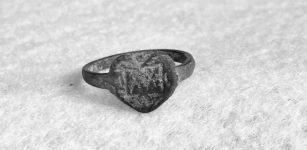 Unique Heart-Shaped Jesuit Ring At Fort St. Joseph In Michigan
Archaeology | Sep 17, 2022
Unique Heart-Shaped Jesuit Ring At Fort St. Joseph In Michigan
Archaeology | Sep 17, 2022 -
 Unexplained Case Of Ancient Authors Who Foretold One Of the World’s Greatest Catastrophes
Featured Stories | Oct 13, 2018
Unexplained Case Of Ancient Authors Who Foretold One Of the World’s Greatest Catastrophes
Featured Stories | Oct 13, 2018 -
 12 Masonic Symbols Explained
Ancient Symbols | Jul 2, 2018
12 Masonic Symbols Explained
Ancient Symbols | Jul 2, 2018 -
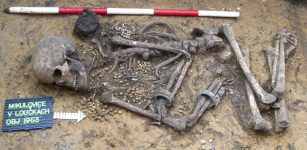 Central European Prehistory Was Highly Dynamic – New Study Shows
Archaeology | Aug 27, 2021
Central European Prehistory Was Highly Dynamic – New Study Shows
Archaeology | Aug 27, 2021 -
 Significant Mesolithic Site With Unusual Pits Discovered In Bedfordshire
Archaeology | Jul 3, 2023
Significant Mesolithic Site With Unusual Pits Discovered In Bedfordshire
Archaeology | Jul 3, 2023 -
 Mysterious Cucuteni-Tyrpillian Culture Burned Their Settlements For Unknown Reasons
Civilizations | Feb 12, 2021
Mysterious Cucuteni-Tyrpillian Culture Burned Their Settlements For Unknown Reasons
Civilizations | Feb 12, 2021 -
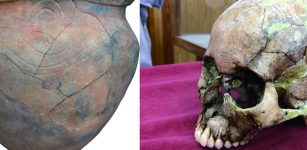 Ancient DNA Has Rewritten Early Japanese History
Archaeology | Sep 17, 2021
Ancient DNA Has Rewritten Early Japanese History
Archaeology | Sep 17, 2021 -
 Curious Historical Observation Of A Bronze Age Warrior Who Shouldn’t Exist
Featured Stories | May 21, 2019
Curious Historical Observation Of A Bronze Age Warrior Who Shouldn’t Exist
Featured Stories | May 21, 2019 -
 Ancient Inventions Of Firefighting Vehicles
Ancient History Facts | Feb 16, 2016
Ancient Inventions Of Firefighting Vehicles
Ancient History Facts | Feb 16, 2016 -
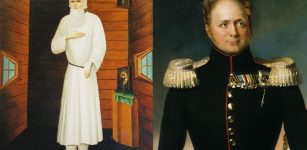 Mystery Of Feodor Kuzmich – Did Tsar Alexander I Fake His Death?
Featured Stories | Mar 23, 2020
Mystery Of Feodor Kuzmich – Did Tsar Alexander I Fake His Death?
Featured Stories | Mar 23, 2020 -
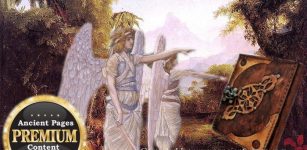 Precious Lost Ancient Book Of Wisdom Could Solve Biblical Mysteries
Artifacts | Nov 26, 2018
Precious Lost Ancient Book Of Wisdom Could Solve Biblical Mysteries
Artifacts | Nov 26, 2018 -
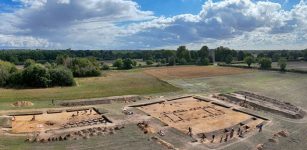 Huge 1,400-Year-Old Hall Of The First Kings Of East Anglia Discovered In Rendlesham
Archaeology | Oct 5, 2022
Huge 1,400-Year-Old Hall Of The First Kings Of East Anglia Discovered In Rendlesham
Archaeology | Oct 5, 2022 -
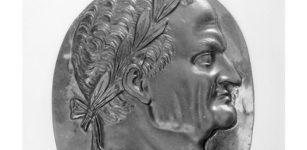 On This Day In History: Vespasian Was Elected The Roman Emperor – On July 1, 69
News | Jul 1, 2016
On This Day In History: Vespasian Was Elected The Roman Emperor – On July 1, 69
News | Jul 1, 2016 -
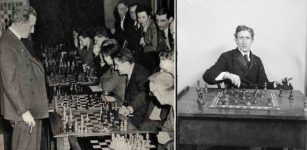 On This Day in History: Brilliant U.S. Chess Champion F. J. Marshall Plays 105 Games Simultaneously – On Mar 21, 1916
News | Mar 21, 2017
On This Day in History: Brilliant U.S. Chess Champion F. J. Marshall Plays 105 Games Simultaneously – On Mar 21, 1916
News | Mar 21, 2017 -
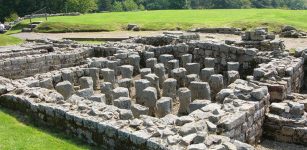 Vindolanda Wooden Tablets: Ancient Military And Private Correspondence Left By Departing Roman Troops
Civilizations | Apr 17, 2016
Vindolanda Wooden Tablets: Ancient Military And Private Correspondence Left By Departing Roman Troops
Civilizations | Apr 17, 2016 -
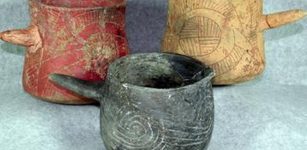 Cocoa, Caffeinated ‘Black Drink’ Widely Used In Native American Societies
News | Sep 8, 2015
Cocoa, Caffeinated ‘Black Drink’ Widely Used In Native American Societies
News | Sep 8, 2015 -
 1,700-Year-Old Vase For Olive Oil And Wine Unearthed At Historic Site Of Diyarbakir Fortress, Turkey
Archaeology | Aug 5, 2022
1,700-Year-Old Vase For Olive Oil And Wine Unearthed At Historic Site Of Diyarbakir Fortress, Turkey
Archaeology | Aug 5, 2022 -
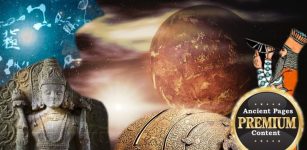 Secret Ancient Knowledge Of Venus – Controversial Theory And Surprising Discovery – Part 1
Civilizations | Jun 30, 2018
Secret Ancient Knowledge Of Venus – Controversial Theory And Surprising Discovery – Part 1
Civilizations | Jun 30, 2018 -
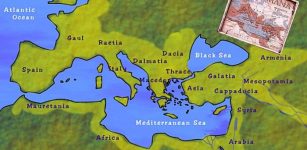 Dark And Light Sides Of Pax Romana: Great Political Slogan Introduced After Civil Wars
Ancient History Facts | May 20, 2023
Dark And Light Sides Of Pax Romana: Great Political Slogan Introduced After Civil Wars
Ancient History Facts | May 20, 2023 -
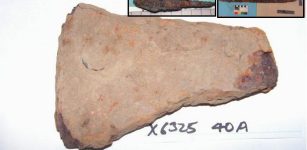 Spearheads – The Chemical Fingerprint Of Viking Weapons – New Study
Archaeology | Feb 18, 2022
Spearheads – The Chemical Fingerprint Of Viking Weapons – New Study
Archaeology | Feb 18, 2022


